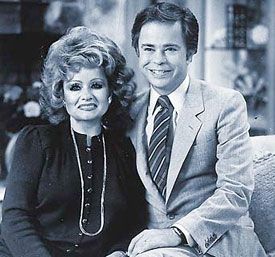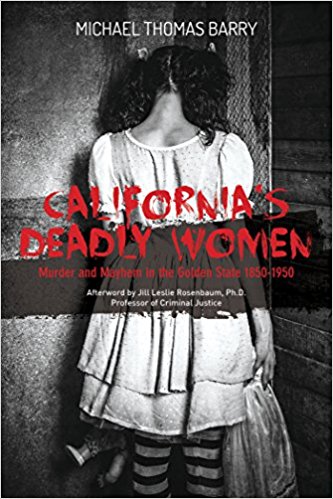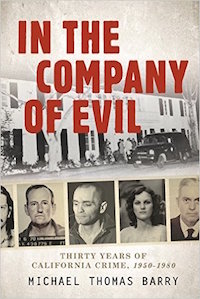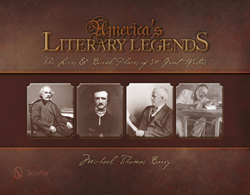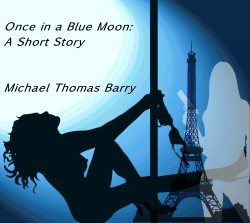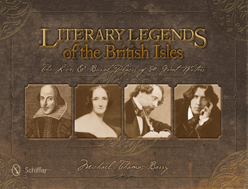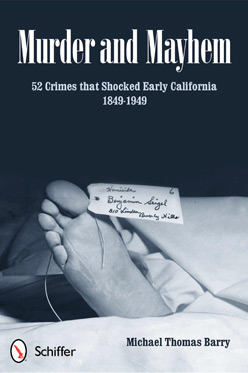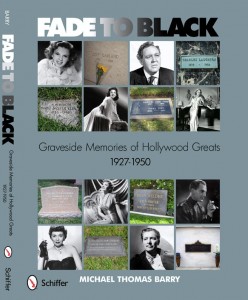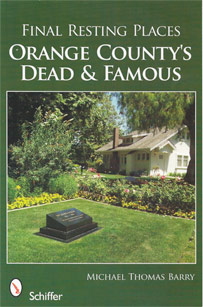10.14

On October 14, 1975, the murder trial of Ronald DeFeo Jr. began. Defoe was accused of killings his parents and four siblings in their Amityville, New York home. The family’s house was later said to be haunted and served as the inspiration for the Amityville Horror book and movies. On the evening of November 13, 1974, Ronald “Butch” DeFeo Jr. entered an Amityville bar and told people his parents had been shot inside their home. Several bar patrons accompanied DeFeo back to his family’s home, at 112 Ocean Avenue, where a man named Joe Yeswit called Suffolk Country police to report the crime. When officers arrived, they found the bodies of Ronald DeFeo Sr., his wife Louise, and their four children. The victims had been shot in their beds. Ronald DeFeo Jr., initially claimed the murders were a mob hit; however, by the next day he had confessed that he committed the crimes.
Police investigators were at first puzzled by the fact that all six victims appeared to have died in their sleep, without struggle, and neighbors didn’t hear any gunshots, despite the fact that the rifle DeFeo used didn’t have a silencer. When DeFeo’s trial began, his attorney argued for an insanity defense; however, the jury did not believe this and he was found guilty of six counts of second-degree murder and later sentenced to six consecutive sentences of 25 years to life in prison. DeFeo, who gave conflicting accounts of these events, later claimed his sister Dawn and two other accomplices were involved in the murders. In December 1975, the DeFeo house was sold to George Lutz, who moved in with his wife and three children. The new owners resided in the house for 28 days, before they fled, claiming it was haunted. Skeptics accused Lutz of concocting the story to make money, but he maintained he was telling the truth. In 1977, Jay Anson published a novel titled The Amityville Horror. The book became a best-seller and inspired a 1979 movie of the same name, as well as a 2005 remake.
Michael Thomas Barry is a columnist for CrimeMagazine.com and is the author of Murder and Mayhem 52 Crimes that Shocked Early California, 1849-1949.




